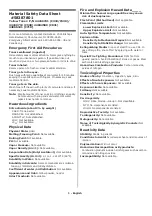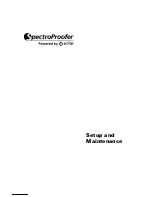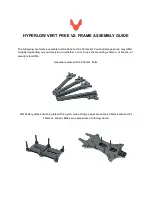
User Manual
Airbridge cBTS3612 CDMA Base Station
System Description
1 System Overview
1-14
controlling BTS transmitting power. Then BTS adjusts its transmitting power
according to the request. Power control command is sent at a rate of 50bit/s or
800bit/s.
2) Reverse power control includes open-loop power control and closed -loop power
control.
l
Reverse open-loop power control means that MS adjusts its transmit power as
the received power changes.
l
Reverse closed-loop power control means that BTS compares the received MS
transmit power with the preset power control threshold and sends power control
command based on the comparison. MS changes its transmit power as
required by the received power control command. Power control commands are
transmitted on F-TCH at a rate of 800bit/s.
For more information about power control, please refer to Section 4.5.1 Power
Control.
VII. Handoff
Um interface supports many handoff technologies. It supports three types of handoff
in traffic channel communication:
1) Hard handoff: MS breaks the connection with the old BTS before establishing
connection with a new BTS.
2) Soft handoff: MS establishes connection with a new BTS while maintaining the
connection with the existing one.
3) Softer handoff: soft handoff that occurs between different sectors of the same
BTS.
Soft handoff technology can improve the rate of handoff success, reduce call drops
and effectively improve the system performance.
For more information, please refer to Section 4.5.2 Handoff.
1.4.3 Abis Interface
I. Overview
Abis interface is defined as the interface between BSC and BTS, the two functional
entities in the Base Station Subsystem (BSS ). It is the interface defined for BTS
accessing BSC via the terrestrial link.
















































